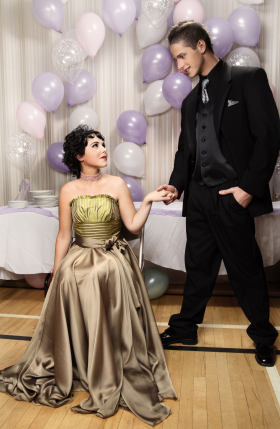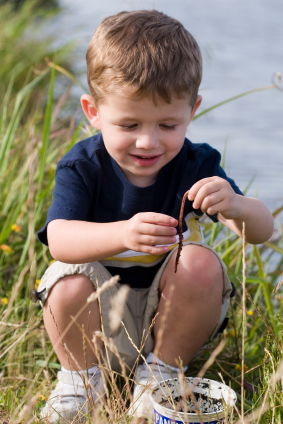In the new film Midnight in Paris, a writer named Gil travels back to Paris of the 1920’s and meets writers and artists like F. Scott Fitzgerald, Ernest Hemingway, and Pablo Picasso. The film itself is an adventure in creativity and a gold mine of ideas for any writer or artist. It shows the effectiveness of blue sky thinking. Suspension of disbelief is an important tool for any creative task, and Woody Allen has led the way with this wonderful romantic comedy.

Gil spends evenings walking in Paris to get away from his annoying fiance and to feed his creative spirit. It is on those walks that he encounters writers and artists of Paris’ past. One evening Ernest Hemingway says to Gil, “You’re a writer. You make observations.” That’s what all artists and creatives do. They observe. Observation and interpretation create great art.
But with nothing new or interesting to observe there is no fuel for the creative fire. In her book, The Artist’s Way, Julia Cameron encourages people seeking renewal of creativity to take “artist dates.” Artist dates are done on one’s own. They consist of a block of time set aside each week to nurture and feed the creative spirit.
Cameron says…
Your artist is a child. Time with a parent matters more than monies spent. A visit to a great junk store, a solo trip to the beach, an old movie seen alone together, a visit to an aquarium or an art gallery — these cost time, not money. Remember, it is the time commitment that is sacred.
Every night at midnight Gil goes out on his artist date. On that date his creativity flourishes. He finds fodder for his art. He gains renewed excitement and passion. He even finds motivation to do re-writes.
You and I will probably never meet Fitzgerald, Hemingway, or Picasso on our artist dates. But, like Gil, our creativity will be energized and renewed if we will only take the time, defeat the resistance (who doesn’t want us to do artist dates), and make observations.
Here are some of things I could do for a “midnight in Milwaukee” artist date:
- Stroll upon Lake Michigan’s beach
- Visit the Calatrava wing of the Milwaukee Art Museum
- Browse at the humongous Renaissance Used Book Store
- Shop at Winkie’s old fashioned five and dime
- Enjoy the fragrance of fresh produce at the West Allis Farmer’s Market
- Observe people at the Milwaukee Public Market
- Bike along the Oak Leaf Trail
- Enjoy the sights and sounds of one of the many ethnic festivals
- See a play at the fabulous Milwaukee Repertory Theatre
- Catch the sights and sounds of a walk down Brady Street
What suggestions do you have for a “Midnight in Paris” kind of artist date?









